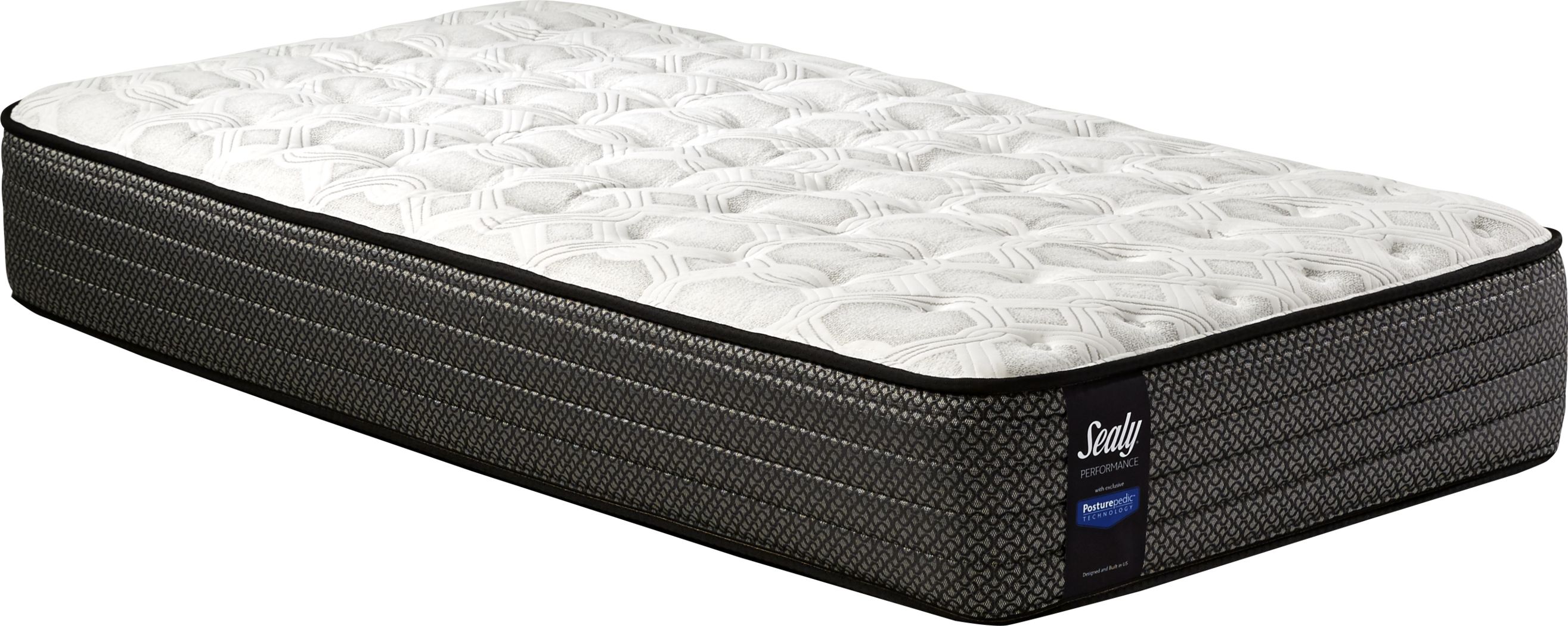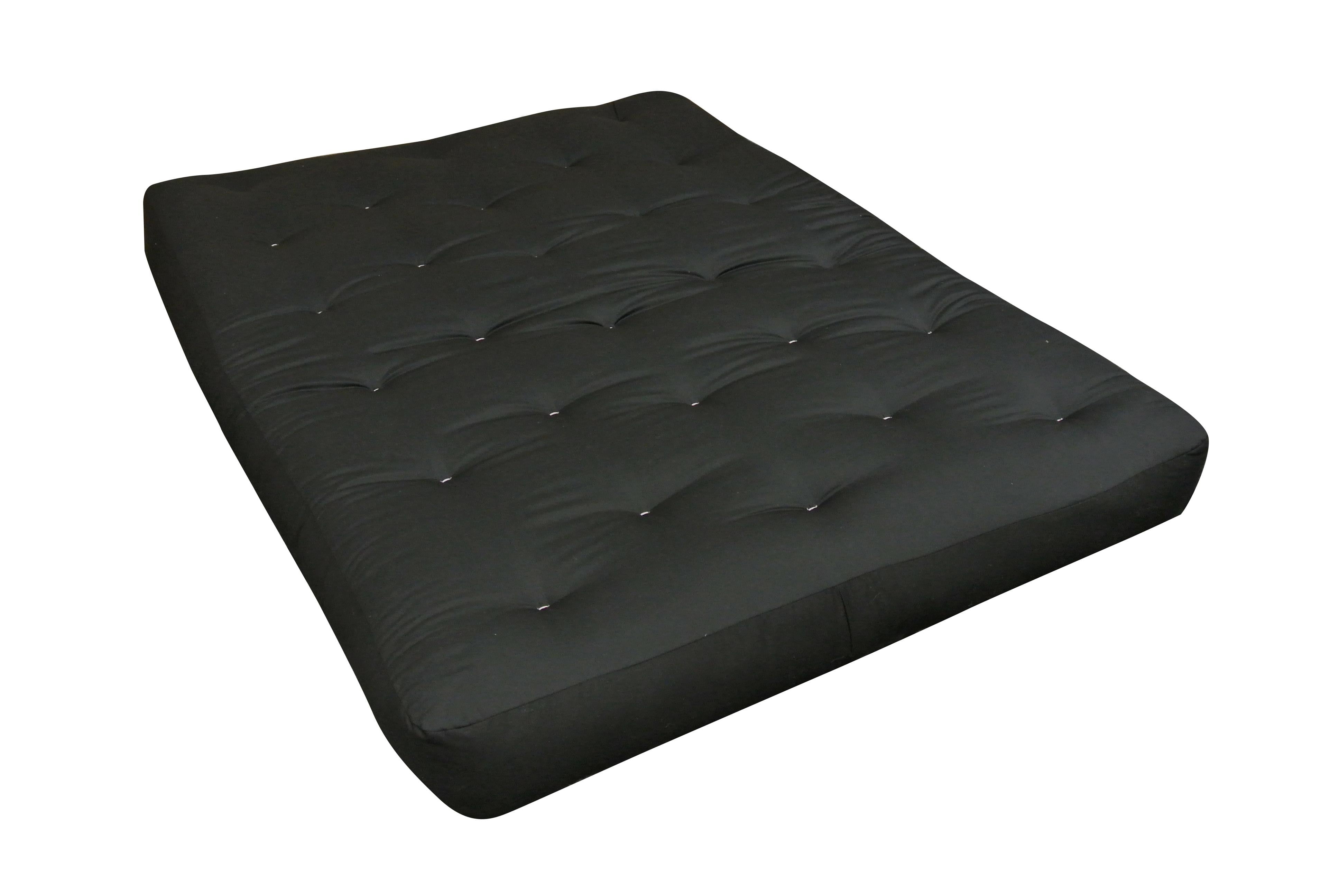If you're planning to open a restaurant, one of the most important areas to consider is the kitchen. After all, this is where the magic happens - where dishes are created, prepared, and served to customers. A well-designed restaurant kitchen can make all the difference in the success of your business. Here is a complete guide on how to design a restaurant kitchen that will not only be aesthetically pleasing, but also highly functional and efficient.How to Design a Restaurant Kitchen: The Complete Guide
The first step in designing a restaurant kitchen is proper planning. This includes determining the type of restaurant you want to open, the food you will serve, and the capacity you need to accommodate. It's important to have a clear understanding of your menu and kitchen workflow before you start purchasing equipment or designing the layout. When it comes to equipping your kitchen, it's crucial to invest in high-quality, commercial-grade appliances and tools. These may be more expensive upfront, but in the long run, they will save you money on maintenance and replacement costs. Remember to also consider the size and space requirements for each piece of equipment, as well as any necessary ventilation and electrical outlets.Restaurant Kitchen Planning and Equipping Basics
The layout of a restaurant kitchen should be designed to minimize movement and create an efficient flow of work. The primary spaces in a kitchen include the cooking, preparation, and storage areas. Each of these spaces should be thoughtfully designed and placed strategically to facilitate a smooth workflow. One important aspect to consider in kitchen design is the standard dimensions for each space. For example, the distance between equipment should allow for easy movement and access, typically around three feet. The standard size for a commercial range is usually 36 inches, while a double-door refrigerator typically measures 48 inches. These dimensions should be taken into account when designing the layout of a restaurant kitchen.Restaurant Kitchen Design: Primary Spaces and Standard Dimensions
The main work stations in a restaurant kitchen are the cooking, preparation, and plating areas. Each of these should be designed with functionality and safety in mind. The cooking station should have all the necessary equipment for preparing and cooking dishes. The preparation station should have ample space for chopping, mixing, and other food preparation tasks. Finally, the plating area should be spacious enough for plating dishes and adding the final touches before they are served.The Complete Guide to Restaurant Kitchen Design: Primary Work Stations
The layout of a restaurant kitchen can greatly impact its efficiency and functionality. There are a few common types of layouts used in commercial kitchens, including the straight line, L-shape, U-shape, and zone layouts. Each of these has its own advantages and is suitable for different types of restaurants and menus. In an industrial kitchen design, equipment and workflow are typically organized by product type, such as seafood or meat, to help streamline production and keep the kitchen running smoothly. This type of layout can be particularly beneficial for large-scale or specialized restaurants.Commercial Kitchen Layout | Industrial Kitchen Design
One of the key factors in a successful restaurant kitchen is efficiency. Every aspect should be designed to facilitate smooth and speedy preparation and service of dishes. Here are a few tips to optimize your restaurant kitchen for better efficiency: 1. Reduce clutter: A clutter-free kitchen allows for easy movement and prevents accidents or delays in service. 2. Use efficient storage: Organize your storage areas to maximize space and make it easy to access ingredients and supplies. 3. Consider open shelving: Open shelving can provide easy access to frequently used items and also make the kitchen appear more spacious. 4. Invest in quality equipment: Using high-quality and efficient equipment will save time and increase productivity in the kitchen.How to Optimize Your Restaurant Kitchen for Better Efficiency
A well-designed restaurant kitchen not only benefits the staff but also plays a part in creating a positive experience for customers. Here are a few design tips to enhance the customer's experience: 1. Visibility: Consider designing an open kitchen where customers can see their food being prepared. This adds a sense of transparency and can also be entertaining for customers. 2. Adequate ventilation: Good ventilation in the kitchen area can prevent strong cooking smells from reaching the dining area. 3. Attractive plating: A visually appealing presentation of dishes can enhance the overall dining experience for customers. 4. Proper lighting: Make sure the kitchen is well-lit, not only for safety reasons but also to create a welcoming and inviting atmosphere.Restaurant Kitchen Design Tips For A Better Customer Experience
Safety should always be a top priority in any kitchen, particularly in a commercial setting. Not only does a safe kitchen protect the staff, but it also ensures the highest standards of food hygiene and quality. Here are some important safety measures to consider when designing a restaurant kitchen: 1. Fire safety: Install proper fire suppression systems and have fire extinguishers placed strategically in the kitchen. 2. Slip-resistant flooring: Choose flooring that is slip-resistant to prevent falls and accidents in the kitchen. 3. Proper storage of hazardous materials: Make sure to properly store and label any hazardous materials, such as cleaning supplies, to prevent accidents. 4. Adequate ventilation: As mentioned before, proper ventilation not only helps with efficiency but also helps to maintain air quality and prevent the buildup of harmful fumes.The Complete Guide to Restaurant Kitchen Safety
Enhancing Efficiency with Efficient Kitchen Layouts

When it comes to designing a restaurant kitchen, efficiency is key. A well-designed kitchen layout can mean the difference between a smooth, streamlined operation and a chaotic, disorganized mess. Not only does an efficient kitchen layout save time and maximize space , it can also increase productivity and ultimately, profitability.
The Importance of Proper Kitchen Design

First and foremost, a well-designed restaurant kitchen ensures that the workflows are optimized and all necessary components are easily accessible. This minimizes the amount of time staff need to spend moving around the kitchen and searching for tools and ingredients, allowing them to focus on cooking and providing excellent service to customers.
Additionally, a proper kitchen design also takes into account the safety of the staff and customers. For example, placing hot appliances away from high traffic areas and creating designated areas for food preparation and cleaning can help prevent accidents and injuries. Moreover, a well-organized kitchen can also prevent cross-contamination, ensuring food safety and maintaining the reputation of the restaurant.
Elements of an Efficient Kitchen Layout

There are several key elements to consider when creating an efficient kitchen layout. Some of these include the proper placement of workstations, appropriate equipment and storage, and a logical flow of traffic. Intelligently arranged workstations can save time by allowing staff to easily move between different tasks without having to repeatedly cross the kitchen. Additionally, having the right equipment and storage in close proximity to the workstations can also contribute to an efficient workflow.
Another important aspect of a well-designed kitchen is the placement of cooking equipment and refrigerators. These items should be strategically placed to minimize the distance chefs and cooks need to travel to retrieve ingredients and cook food, ultimately reducing preparation time. Additionally, organizing the layout to have a clear flow of traffic, with designated paths for food and staff, can help prevent congestion and promote a smooth operation.
Incorporating Technology in Kitchen Design

With the advancements in technology, it's important for restaurant kitchens to embrace new tools and equipment that can enhance efficiency. For example, smart kitchen appliances that can be controlled and monitored remotely can save time and improve accuracy in food preparation. Online ordering systems and point-of-sale software can also help with inventory management and reduce wait time for customers.
In conclusion, an efficient kitchen layout is crucial for the success of a restaurant. By carefully considering the design and incorporating elements of efficiency and technology, restaurant owners can create a kitchen that not only maximizes space and productivity, but also ensures the safety and satisfaction of both staff and customers.






































































